
“`html
In today’s fast-paced world, the need for precise measurements is more critical than ever. From DIY enthusiasts tackling home improvement projects to construction professionals ensuring structural integrity, accuracy is paramount. Smartphone applications are now leveraging advanced sensor technology to provide on-the-go measurement tools, simplifying tasks and enhancing efficiency for a broad range of users. This article explores the capabilities and benefits of one such application, focusing on its calibration features and functionalities.
Understanding the Calibration Process
Calibration is the linchpin of accurate measurement in any tool, physical or digital. In the context of a smartphone-based measurement application, calibration refers to the process of aligning the app’s virtual measurement system with the real-world environment. This is crucial because inherent variations in smartphone manufacturing, sensor sensitivity, and even the way a user holds the device can introduce errors. The calibration feature within these applications typically allows users to fine-tune the app’s readings, compensating for these potential inaccuracies. For instance, users might be guided to place their phone on a perfectly level surface and adjust the app’s zero point until it reflects true level. This initial calibration ensures a reliable baseline for subsequent measurements. Learn more about optimizing your device’s performance with related utility apps here.
- Enhancing Measurement Precision: Calibration is directly tied to the accuracy of the results. By meticulously calibrating the application, users can significantly reduce the margin of error and obtain highly reliable measurements for various tasks. This precision is particularly valuable in applications where even small discrepancies can have significant consequences.
- Addressing Phone Curvature Issues: Modern smartphones often feature curved edges or camera bumps that can compromise accurate measurements when placed on a surface. Calibration processes effectively compensate for these physical imperfections, ensuring that the app’s measurements are referenced from a true horizontal or vertical plane. This feature is essential for achieving precise results on non-ideal surfaces.
- Adapting to Different Surfaces: Different materials and surface textures can interact with a smartphone’s sensors in varying ways, potentially affecting measurement accuracy. Calibration allows users to account for these surface-specific effects by providing options to calibrate against multiple reference points. This adaptability ensures that the application provides consistent and accurate results across a wide range of surfaces.
Advanced Calibration Techniques
Beyond basic calibration, some applications offer more sophisticated features tailored for specific use cases and demanding accuracy requirements. These secondary calibration techniques build upon the foundational calibration process, providing users with enhanced control over measurement parameters and enabling them to tackle more complex tasks. These advanced features cater to professionals and users who require the highest degree of precision.
- Designed for Professional Applications: Advanced calibration features often incorporate algorithms and methodologies used in professional surveying and engineering tools. These techniques can include multi-point calibration, sensor drift compensation, and environmental factor adjustments. By leveraging these professional-grade techniques, the application delivers measurement capabilities comparable to dedicated measurement instruments.
- Overcoming Challenging Surfaces: Measuring irregular or awkward surfaces presents a unique set of challenges. Secondary calibration techniques often incorporate advanced algorithms that can analyze the surface profile and automatically compensate for irregularities. This allows users to obtain accurate measurements even on surfaces that are not perfectly flat or uniform. For tips on improving device performance and stability, check out our guide on app optimization.
- Seamless Calibration Switching: The ability to quickly switch between different calibration profiles is crucial for users who frequently measure surfaces with varying characteristics. Advanced applications often provide a seamless switching mechanism, allowing users to select the appropriate calibration profile for the current task without interrupting their workflow. This flexibility enhances efficiency and ensures that measurements are always optimized for the specific surface being measured. If you want to explore more apps with measurement capabilities, read the full guide on our site.
Real-World Applications and Use Cases
The benefits of a well-calibrated measurement application extend across numerous domains, impacting both professional workflows and everyday tasks. In construction, accurate measurements are essential for ensuring structural integrity, minimizing material waste, and preventing costly errors. DIY enthusiasts can leverage these applications for precise alignment of shelves, picture frames, and other home improvement projects. Interior designers can use the app to quickly assess room dimensions and ensure that furniture fits properly. Even in fields like photography and videography, accurate leveling is crucial for capturing stable and visually appealing shots.
- Construction and Carpentry: The app enables precise leveling and alignment tasks, crucial for accurate installations and structural integrity.
- Home Improvement and DIY: Ideal for ensuring level surfaces when hanging pictures, shelves, or assembling furniture.
- Interior Design: Allows for quick and accurate room measurements for space planning and furniture placement.
- Photography and Videography: Facilitates perfect horizontal alignment for capturing stunning landscapes or professional-grade video footage.
Conclusion and Future Outlook
Smartphone-based measurement applications are rapidly evolving, transforming the way we approach measurement tasks in various fields. Calibration remains a critical aspect of these applications, ensuring accuracy and reliability across diverse scenarios. As sensor technology continues to advance and algorithms become more sophisticated, we can expect even greater precision and versatility from these tools. The future of measurement applications likely includes seamless integration with augmented reality (AR) technologies, allowing users to overlay digital measurements directly onto the real world. Additionally, cloud-based calibration profiles could enable users to share and access optimized calibration settings for specific surfaces and environments. These advancements promise to further democratize access to accurate measurement tools, empowering individuals and professionals alike.
“`
- Votes: 1
- Comments: 0
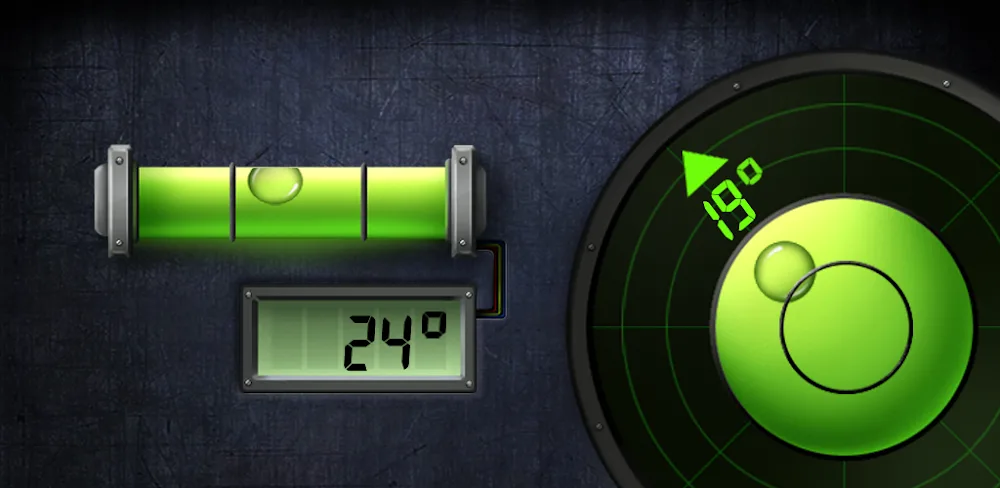


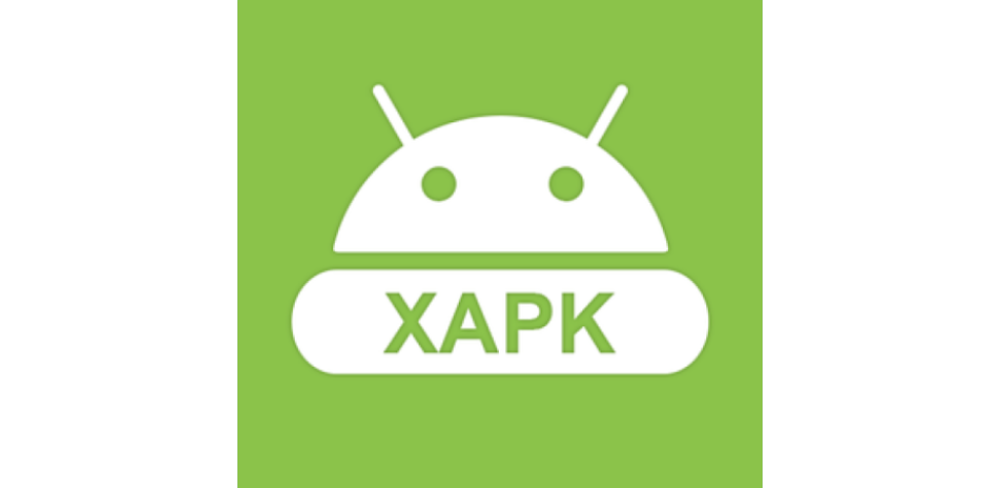
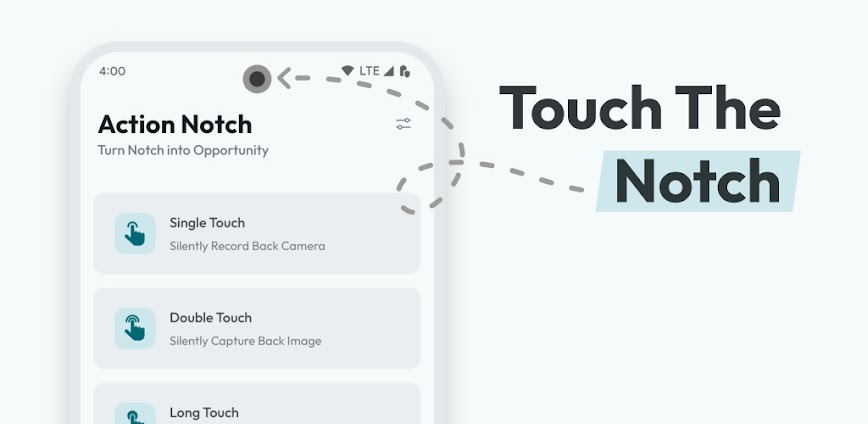
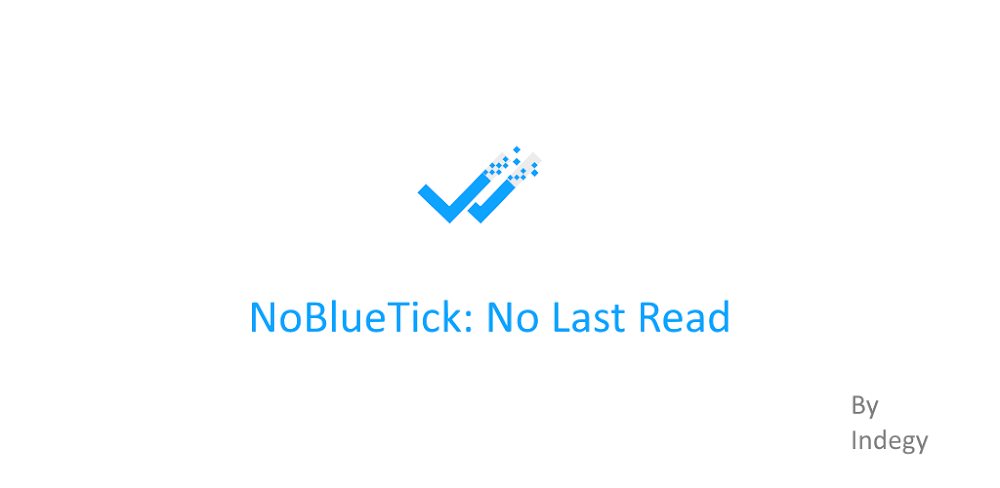

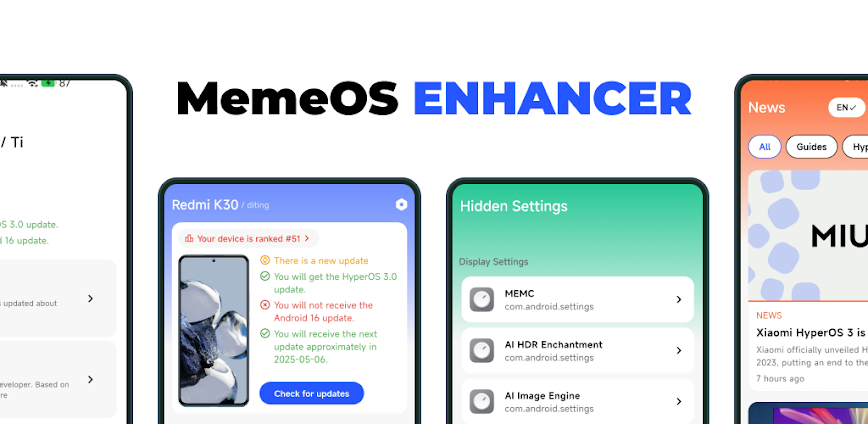

There are no comments yet :(